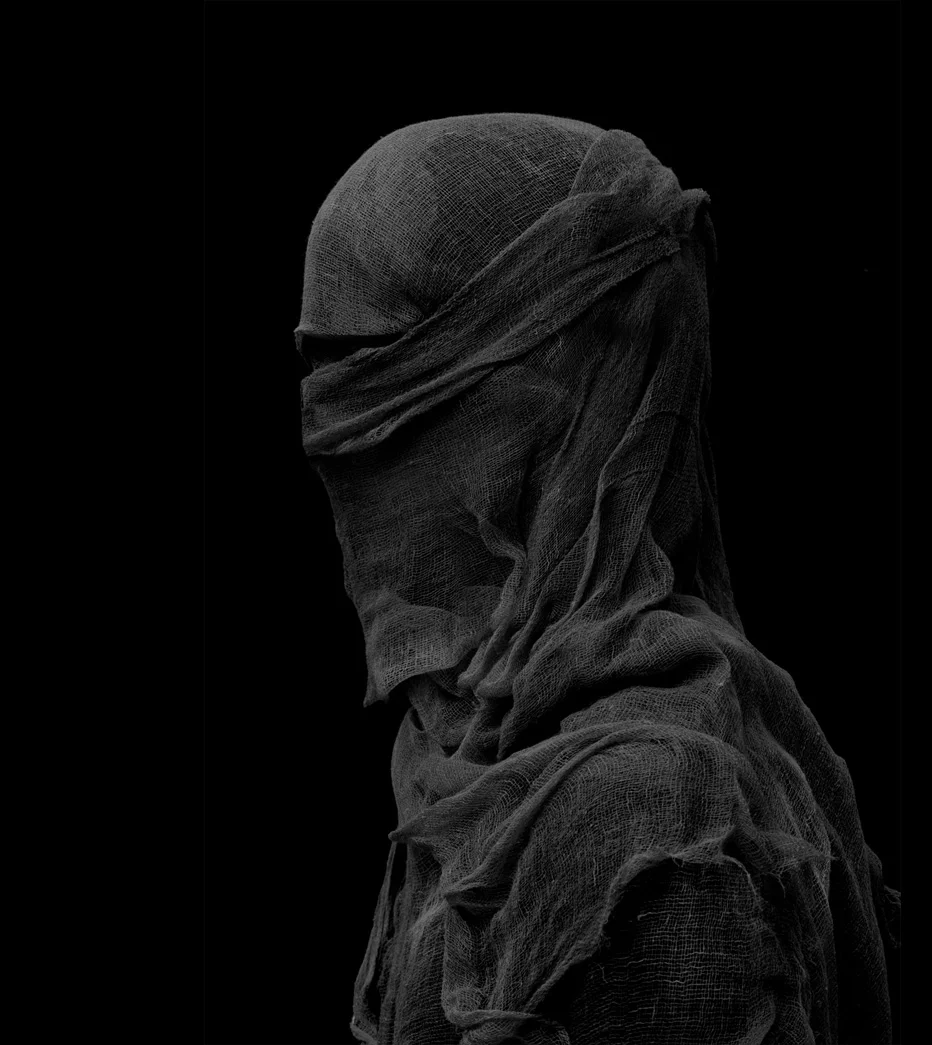When Two Artists Collaborate: Reminiscing Vedas by Nicholas Alan Cope & Dustin Edward Arnold
What happens when two artists work together? Is it even possible for such strong characters to interact and cooperate? When do artistic collaborations work well? How does the complexity of merging ideas appear in a piece of art?
There are so many examples throughout art history of both, great failure and success, that invites us into the uniqueness of creations that came out from such artistic collaborations. One of the most famous art collaboration, among many, was between Andy Warhol and Jean-Michel Basquiat, aging pop artist and precious young talent. The critics panned the paintings they made between 1983 and 1985, but Warhol’s biographer Ronny Cutrone insists that the relationship was mutually valuable: “It was like some crazy art-world marriage. The relationship was symbiotic. Jean-Michel thought he needed Andy’s fame, and Andy thought he needed Jean-Michel’s new blood.”
Collaboration among artists has remained much rarer in visual art than in film, music or most academic disciplines through the years. For instance, filmmaking has been an inherently collaborative art-form that usually involves a team of artists and craftsmen where each member has a clearly delineated role. Their shared efforts combine to produce the final film, and this reciprocity in the creative process often produces a singular piece of work. However, co-authorship in photography, painting or sculpture has been for a long time prevented by the traditional conception of the artist as an autonomous subject. Collaborations and co-authoring in arts became more common in the early 20th century, where a number of conceptual artists and groups produced an extensive number of joint works. Significant among these were the Constructivists, Dadas or Surrealists.
The spirit of performance, play and collaboration remained central to Dada, even as the movement spread outward from Cabaret Voltaire in Zurich to other continents. Dadaists believed that the value of art lays not in the work produced, but in the act of making and collaborating with others to create new visions of the world. Moreover, the Surrealists produced hundreds of coauthored paintings as a result of a game the group often played, that they named Exquisite Corpse. Yet, none of these works made co-authorship a spreading phenomenon in visual arts.
In the most recent years, the marriage of the two creative realms is something which is more natural than it is surprising, as plenty of the fashion designers were educated alongside aspiring artists. Art and fashion are two fields of ongoing innovation and creative expression. Yet they are decidedly distinct from one another. While art is generally free from any restrictions, fashion is bound to the demands of a fast-paced industry.
In 2011, LA-based Nicholas Alan Cope and Dustin Edward Arnold presented captivating series of fashion images. Meaning knowledge in Sanskrit, their project “Vedas” is an exceptional example of a thriving artistic marriage.
“Knowledge, it seems, is at once both expansive and contractive. It is a value exchange. For some it shakes foundations, de-stabilizes values and opens up the sheer terror of possibility. For others it signifies hope, advancement and discovery.”
Both with varying backgrounds in photography and design, Nicholas and Dustin met through a commercial project in 2007 and wished to express themselves by blending their skills together. Each working beyond their respective discipline, they combine various studies in experimental techniques, mixing chemistry with painting, installation and fashion design. This creative collaboration is created by photographing Cope and Arnold’s own sculptural garments which challenge the idea of what is acceptable versus what is possible.
The work results in a monochromatic exploration of sculptural forms in the figures and objects. In the photographs that Nicholas and Dustin created together, each artist contributed with his distinctive style. While their individual contributions are discernible, the juxtaposition creates the transformative effect. More importantly; these photographs are a record of an artistic conversation.
All images by Nicholas Alan Cope & Dustin Edward Arnold





















